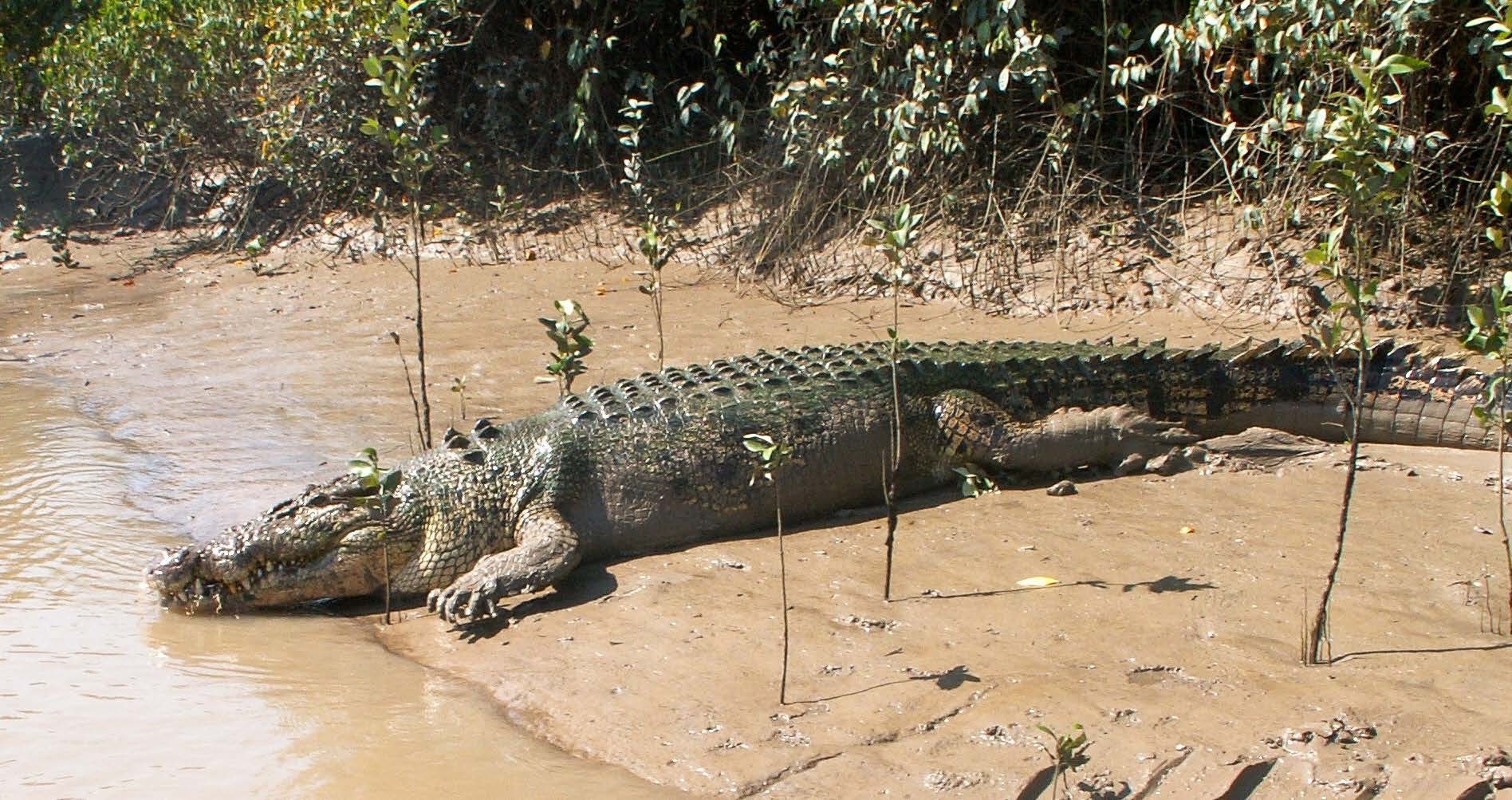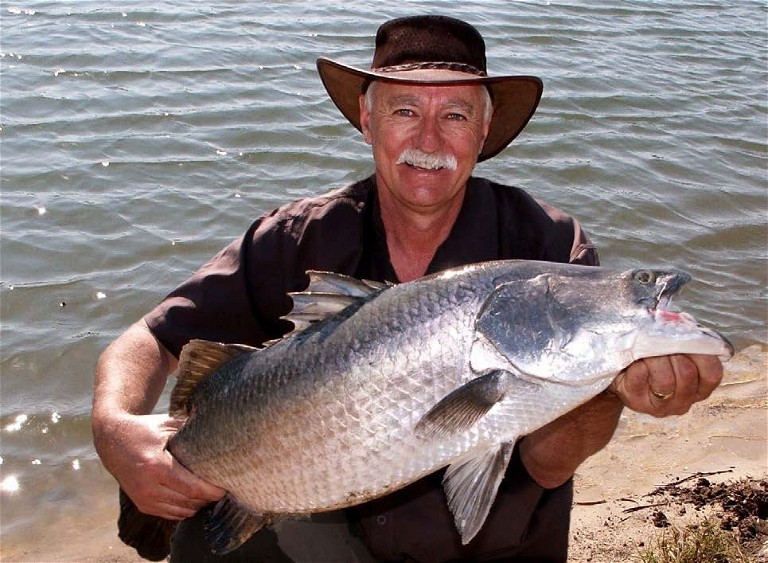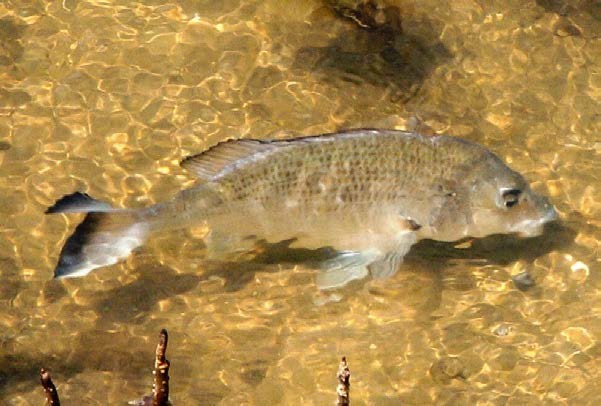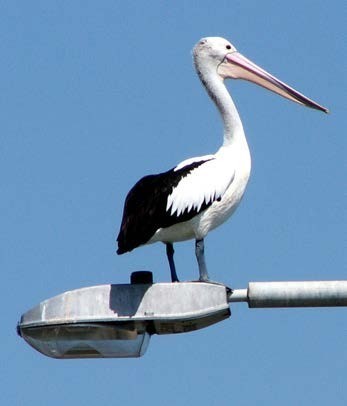ACROSS THE DITCH
By Greg Morton
People who live in Central Otago often migrate for a few weeks during the winter months of June, July, and August. They go somewhere warm away from the fog, frosts and low temperatures. In winter, even the local wild goats drop height fast and are occasionally found camped out at night on the warmer low-country sealed roads.

While fishing the Northern Territory you need to assume there is a saltwater crocodile watching your every move at every moment.
This region is a magnificent part of the country, but for those who don’t ski, curl, or skate it is just plain cold at times, especially in June and July. During this time, I either get very friendly with the log burner or, now and again, I head over to Australia.
Like New Zealand, Australia is full of keen anglers, and on my trips there I enjoy joining them for a bit of fishing action. It is a big country so wherever you go some sort of piscatorial adventure is available. Unlike New Zealand though, you have to be much more careful around waterways as there are a lot of resident creatures who can bite, sting, and poison you.
On a trip last year to Sydney, I attended an extensive display at the Australian Museum in Sydney which was titled Touring Exhibition: Sharks. I always associate Australia with great white sharks because of the number of human fatalities recorded there, so this was a chance to learn more about sharks in general. The display was described in this way: “This immersive exhibition created by Australian Museum experts will go back in time to meet sharks’ ancient ancestors, see life-sized ancestors, see life-sized shark models and uncover their extraordinary adaptations with interactive displays.”
It was worth the admission fee in spades, particularly the replica models of the truly big sharks such as the white pointer, bull, tiger, basking shark, and whale shark. It was a memorable visit. I believe the tour has now moved to other locations. The Brisbane Natural Museum is also worth a visit to better understand the fish types that call Australia home.
The bucket list fish species I always wanted to target in Australia was the barramundi and I scratched that itch a few years back. Barramundi like warm water and while hunting the northern territory for scrub bulls, water buffalo, and pigs years ago, I found myself in barra territory. Down-time away from hunting was spent fishing and although I didn’t catch any monsters I did catch a few legal eaters which supplemented the menu. Crankbaits and rapala minnows were the successful lures. These fish hit hard and then take to the air in aerial contortions. They like hiding in cover and attacking from ambush with a splashy strike.
I saw several crocodiles in this area, and while fishing you need to assume there is a saltwater crocodile watching your every move at every moment. Keep changing your location, never become predictable, never stand on the edge of the water, and try and keep a tree between you and a potential attack. Slide marks down the banks were common.

Greg’s trophy barramundi.

Yellowfin bream live close to structure and love tidal river mouths and jetties, pontoons, bridges, and moored boats in estuaries.

Pelicans – “Inscrutable in expression.”
Where I caught my biggest barramundi was far from wild, croc country. It was at the Bli Bli Barra Park located on the Sunshine Coast. There are two large ponds here where anglers can target fish. One pond has lots of small to medium barramundi in it and successful anglers can pay for fish they decide to take home to eat. The second pond is called the Big Boys Pond. This catch-and-release pond has large barramundi that are wary and elusive but if hooked will provide an outstanding fight. You may bring your own gear or hire gear. I did the latter and surprised myself by landing two big fish over a few hours. The second was a big, big boy very close to the magical one-metre length. The fight was everything I wanted as both stripped line, jumped repeatedly, and thrashed on the surface.
This year I escaped winter for two weeks to Maroochydore on the Sunshine Coast. The Maroochy River exits here and the lower system is fished by a lot of anglers plus sea eagles and pelicans. The fish targeted the most by locals here is the yellowfin bream. Bream live close to structure and love tidal river mouths and jetties, pontoons, bridges, and moored boats in estuaries. They travel in schools and are ambush predators. At Maroochydore, some bream shoals have swum up a channel that leads to the Sunshine Plaza and mass there in big numbers feeding off food thrown to them by tourists.
I admire the way this town promotes water activities on the Maroochy River. There is a supportive feel about the place. Boats, dinghies, kayaks, paddleboards, tourist launches, and anglers all mingle on a daily basis. There is an excellent foot and cycle trail skirting the river, and alongside it are fish-cleaning benches, water bowls for dogs, ablution blocks and plenty of seating. The Maroochydore Beach Holiday Park is right beside the river mouth and alongside it is Cotton Tree Holiday Park. Those in the campground either fished right in front of their caravans or hopped in their tin dinghy to go further afield.
Bait was the main bream fishing method I observed, with paddletail softbaits favoured by the more mobile anglers. They are not an easy-beat species for the average angler as they move around a lot and often change their hiding spot. They are however very territorial and this is a plus for softbait anglers. The bream I caught were hooked from my apartment jetty. I used a small softbait grub. As I tried to release one of them a pelican scooped him up before he dived. These birds are one of my favourites. Inscrutable in expression, they sail by like yachts with their yellow eyes watching your every move. They are expert anglers.